Have you ever been in a photo gallery and immediately drawn to a specific photograph? If so, what was it about this photograph that grabbed your attention? This is the question at the heart of aesthetic photography. What defines an aesthetic photograph?
In this article, we’ll take a look at the highly ambiguous and often vague term “aesthetic photography.” We’ll also take a look at the techniques that go into creating aesthetic photos and how you can put them into practice.
Defining aesthetic photos
First, let’s define aesthetic photography
Aesthetic can be a vague and subjective term. The first step in understanding the term is taking a look at the aesthetic photography definition.
AESTHETIC PHOTOGRAPHY DEFINITION
What is aesthetic photography?
Aesthetic photography is a photographic practice of capturing visual beauty within an image. Just as the term “beauty” can be subjective, “aesthetic” can be distinguished as something that is immediately visually pleasing to a viewer.
Aesthetic photos aim to utilize visual characteristics such as color, composition, lighting, and subject matter to create a visually pleasing photograph.
Aesthetic principles of photography:
- Lighting
- Composition
- Subject matter
- Color schemes
Photography aesthetic photos
Aesthetics vs. style
Before we dive into anything else, we must first draw a distinction between aesthetics and style. Both are commonly used for each other, but there are key differences we need to establish.
Style
When most photographers talk about style, they are talking about a photographers specific approach to taking a photo. A photographer aesthetic creates a distinct style. Style is influenced by the camera or type of lens you choose, your camera settings, and any other types of camera equipment.
Style is often determined by a photographer finding and repeatedly using the tools that help them create the images they envision.
For example, street photographer Daniel Arnold is known for his distinct street photography style. Arnold almost exclusively uses autofocus film cameras like the Contax G2 with a wide angle lens and an external flash for his photos.
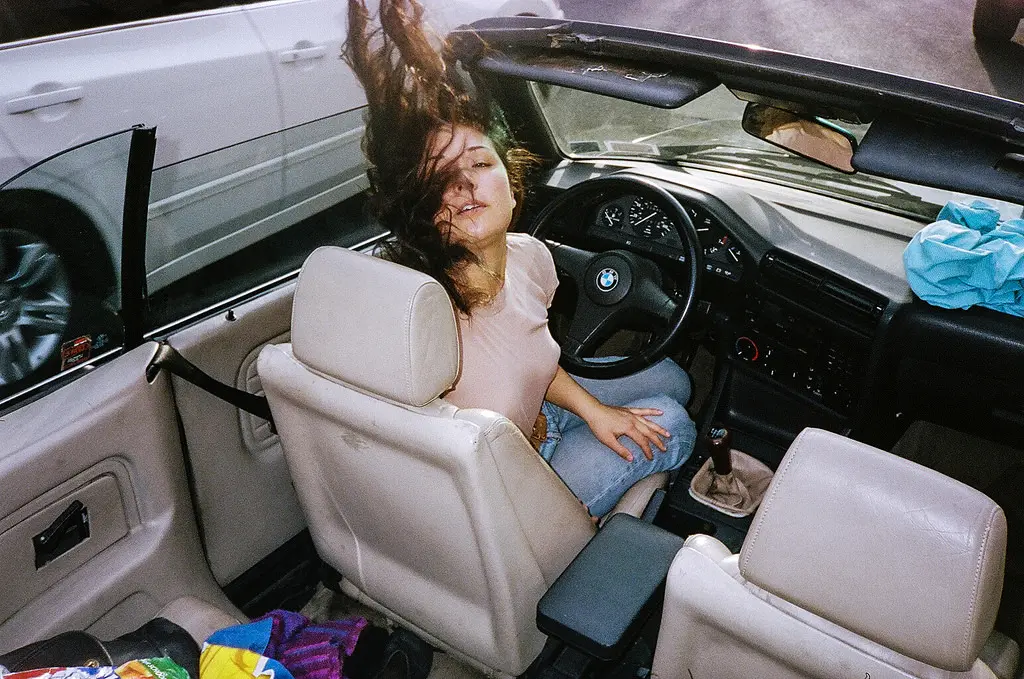
Daniel Arnold • Aesthetic pictures of people
Aesthetics
Aesthetics, on the other hand, goes a little further than technical aspects. Aesthetics in photography refers to patterns in a photographer's use of visual elements to create beautiful images. These elements can be frame compositions, subjects, color schemes and lighting techniques.
For example, iconic photographer Steve McCurry has developed his own unique aesthetic. McCurry’s consistent use of vibrant colors and international subject matter from his travels makes his work recognizable and beautiful.
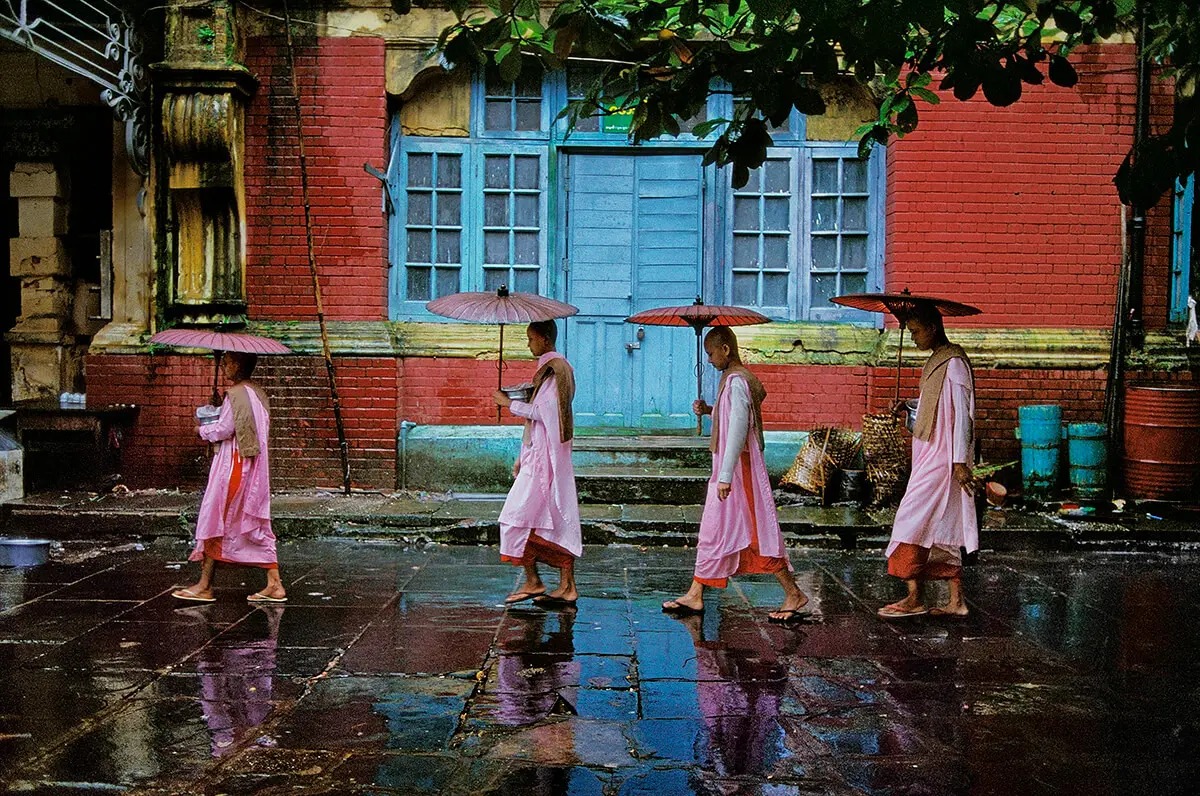
Steve McCurry • Aesthetic pictures of people
Both style and aesthetics are important in photography. But it is important to understand the difference between the two. A photographer can have a strong style, but no aesthetic and vice versa. Developing both is a great way to hone your voice as a photographer.
Related Posts
How to take aesthetic photos
Why do aesthetics matter?
Why exactly should aesthetics matter to a photographer? Is it something a photographer needs to be consciously aware of when shooting? The truth is, defining aesthetics can be difficult and often vague. But this should not distract from its importance in photography and in art.
Human beings are drawn and captivated to beauty. A piece of work that has characteristics that draw a viewer in can be described as aesthetic. Therefore, if you have any intention of your work connecting with others, aesthetics should matter. In fact, it should matter greatly.
Understanding how to take aesthetic pictures becomes a bit clearer with some knowledge of aesthetic philosophy. This crash course on aesthetics talks about aesthetic appreciation and its role in art and design. It’ll give you a better understanding of how aesthetics and photography go hand in hand.
Aesthetics and photography: Crash Course
As a medium in the world of art, photography benefits greatly from aesthetics. While it isn’t the only thing to consider when capturing an image, it is an important thing to be aware of to ensure that your work resonates with others while simultaneously representing your artistic voice. Let’s dive into a few techniques that will help you incorporate aesthetics into your photography.
How to take aesthetic pictures
Focus on Composition
Composition is a fundamental tool to creating beautiful images. Composition is important for both aesthetics and photography. How a photographer chooses to arrange the scene and subject before them is perhaps one of the most essential elements to aesthetically pleasing pictures. Here are a few techniques to utilize in your compositions to create beautiful images.
Leading Lines
Leading lines is the technique of framing lines within an image to draw the viewer's eye to a specific point. Because leading lines direct the viewer's focus, it often captures their attention immediately, drawing them in to the beauty of the photograph.
Aesthetic black and white photography
Rule of Thirds
The rule of thirds is the process of dividing an image into thirds, using two horizontal and two vertical lines. This imaginary grid yields nine parts with four intersection points. Using the rule of thirds creates balanced compositions that are naturally pleasing to the eye. This photograph utilizes both leading lines and the rule of thirds to create an aesthetic photograph.
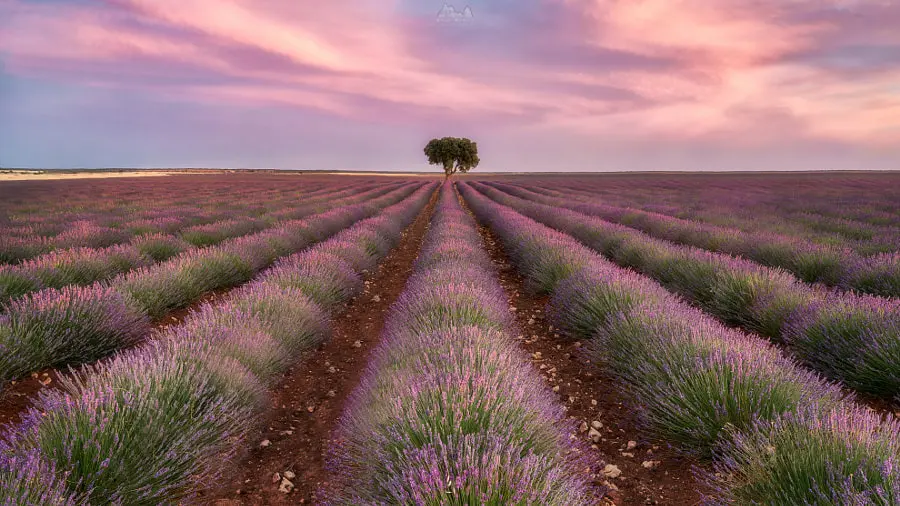
Composing photography aesthetic photos
Of course, rules are meant to be bent and even broken. However, understanding the rule of thirds is a great way to learn about what is naturally pleasing to the human eye.
Symmetry
Both the rule of thirds and leading lines are often tools used to create the larger concept of symmetry. Symmetry is the formal balance of weight within an image. It is also naturally pleasing to the human eye because symmetry arranges a scene in a balanced order.
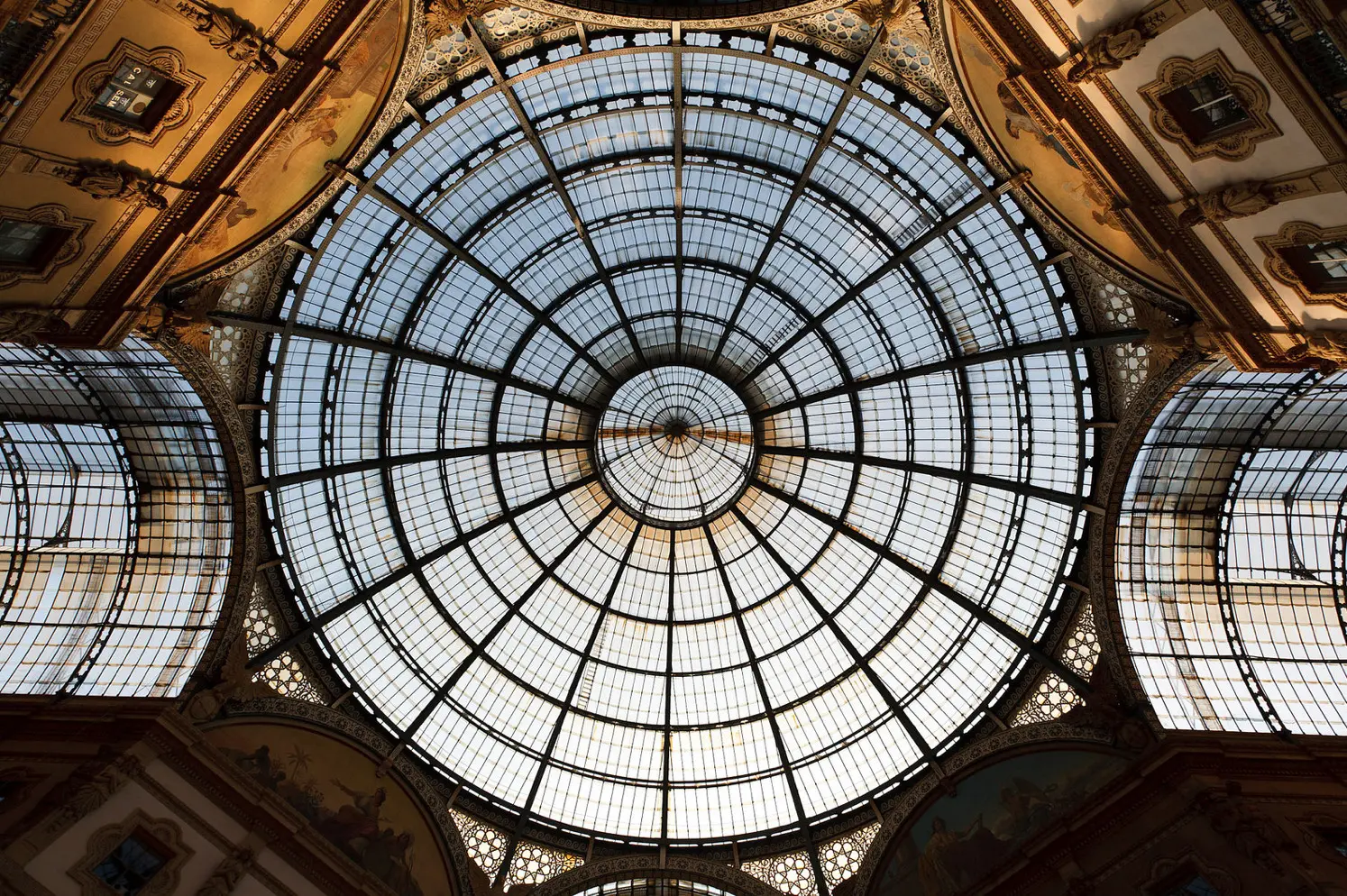
Symmetrical compositions balance a photo’s weight
Juxtaposition
Utilizing juxtaposition in aesthetic photos is a great way to create visual meaning in a subject. Juxtaposing two subjects to create meaning can be achieved by posing your subjects or precisely framing them.
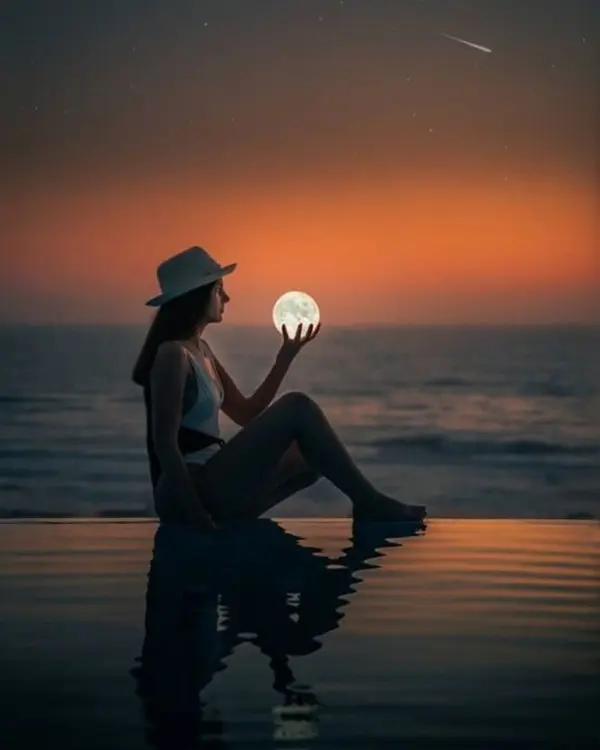
Juxtaposing two subjects
The ultimate goal of composition is to arrange visual elements to immediately engage a viewer. These composition tips are only a few ways to do this. Developing your eye and trusting your instinct is key to composing aesthetically pleasing pictures.
How to take aesthetic pictures
Experiment with lighting
Whether you are shooting in a controlled studio or shooting on location, lighting is an important aspect of creating aesthetic photos. Utilizing light does not only mean properly exposing an image. It means using and experimenting with light to create beautiful effects.
Use the light you have
Experimenting with light does not always mean to use artificial light sources and stage them to create beautiful lighting styles. This means using whatever light is available, whether natural or artificial, but capturing it in a way that it becomes a textural part of the image.
Don’t let your lack of equipment restrict you from using light to create aesthetic photos. Even a simple key light can create dramatic images. Get creative with how you set up a three-point-lighting setup using reflectors and bounce boards from natural light.
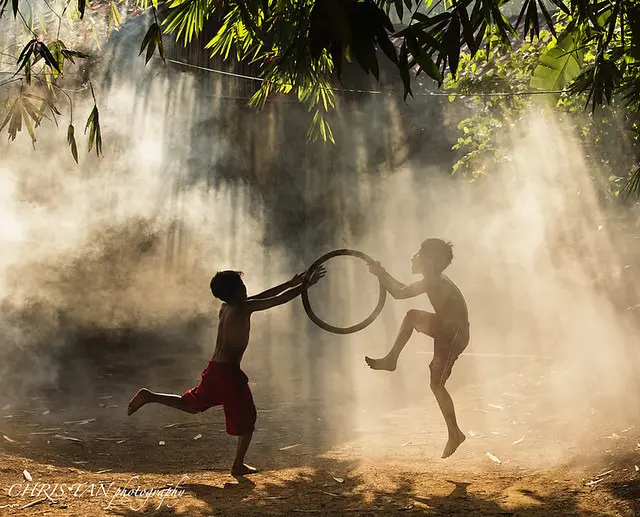
Natural light • Aesthetic pictures of people
Creatively use shadows
A great way to use light to create interesting compositions like we talked about above, is by creating shadows. Shadows can create interesting textures and subjects that become a part of your photo’s composition when used creatively.
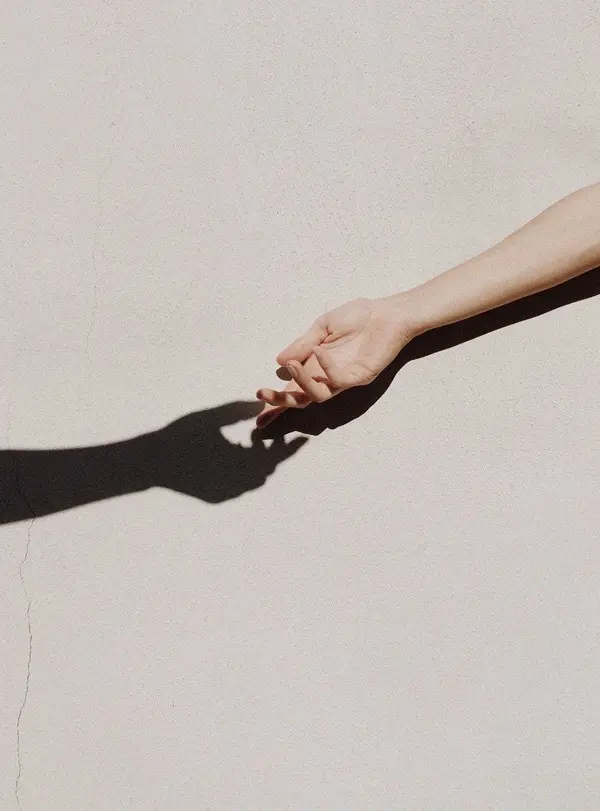
Photographer aesthetic with shadows
Soft or Harsh Light
Determining which quality of light you like more will also help you develop your own aesthetic. Soft light achieved artificially with diffusers or naturally at Golden Hour can contribute tonally to your images. If warm, natural images aren’t what you are looking to capture, harsh light can help create more dramatic images.
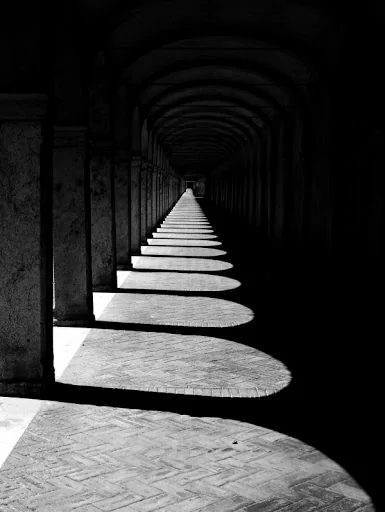
Harsh light in photography aesthetic photos
Light in photography can merely be used as a means of properly exposing an image. When creating aesthetic photos, however, light is meant to be framed, manipulated, and experimented with to create a layer of beauty.
How you use light, where it is soft or harsh, natural or artificial, plentiful or scarce, will depend on what you envision.
Related Posts
Aesthetics and photography
Use colors with intention
Both black and white photography and color photography have their pros and cons. If you are choosing to shoot in the latter, it is important to be intentional with your use of color. Intentional uses of specific color schemes are a great way to make an aesthetically pleasing photo.
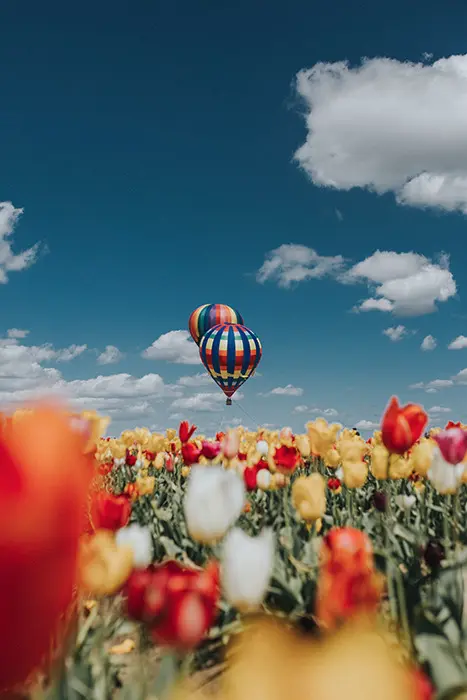
Colorful photographer aesthetic
Different colors and color combinations have different psychological effects on a viewer. This is what is known as color theory. Understanding color theory is essential for any photographer wanting to shoot aesthetic photos.
Our video analysis below breaks down color theory as it pertains to film, but follows the same principles as color theory for still photography.
Color Theory in Film • Subscribe on YouTube
A great tool for photographers to create different color schemes is the Adobe Color Wheel. The tool allows you to choose from various color harmony rules such as analogous, monochromatic, complementary, and more to see how various colors fall on the wheel to your selected rule.

Color Wheel for aesthetically pleasing pictures
Being intentional with your use of color in your photos is a matter of being cognisant of the colors present in the scene you are shooting as well as how you edit your photo.
How to take aesthetic photos
Gestalt theory principles
An overarching set of design principles is the Gestalt theory principles. The Gestalt theory principles is a set of six individual principles that identifies different ways the human brain perceives design elements.
The six Gestalt theory principles are similarity, continuation, closure, proximity, figure/ground, and symmetry & order. Here is a video breakdown of the six Gestalt theory principles that will help your aesthetic photography.
The Gestalt Principles • How to take aesthetic photos
Finding opportunities to utilize the concepts in your compositions and photography will help you capture more aesthetic photographs. At the very least, understanding the Gestalt theory principles will give you insight into how the human brain perceives beauty in design.
UP NEXT
Rules of Shot Composition in Film
Cinematographers often gain inspiration from still photography. The same can be said about photographers gaining inspiration from films. To learn more about composition and aesthetics, check out our next article analyzing the rules of composition in filmmaking.
Up Next: Shot Composition →
Showcase your vision with elegant shot lists and storyboards.
Create robust and customizable shot lists. Upload images to make storyboards and slideshows.

Aesthetic photography is the skill of making visually appealing images. To generate these visually appealing images, the photographer employs artistic techniques and design ideas. I think Professional photographers' photographs are their products. Like any product, brand recognition will help you gain market share with demand creates by aesthetic photography.
\i really liks this types.